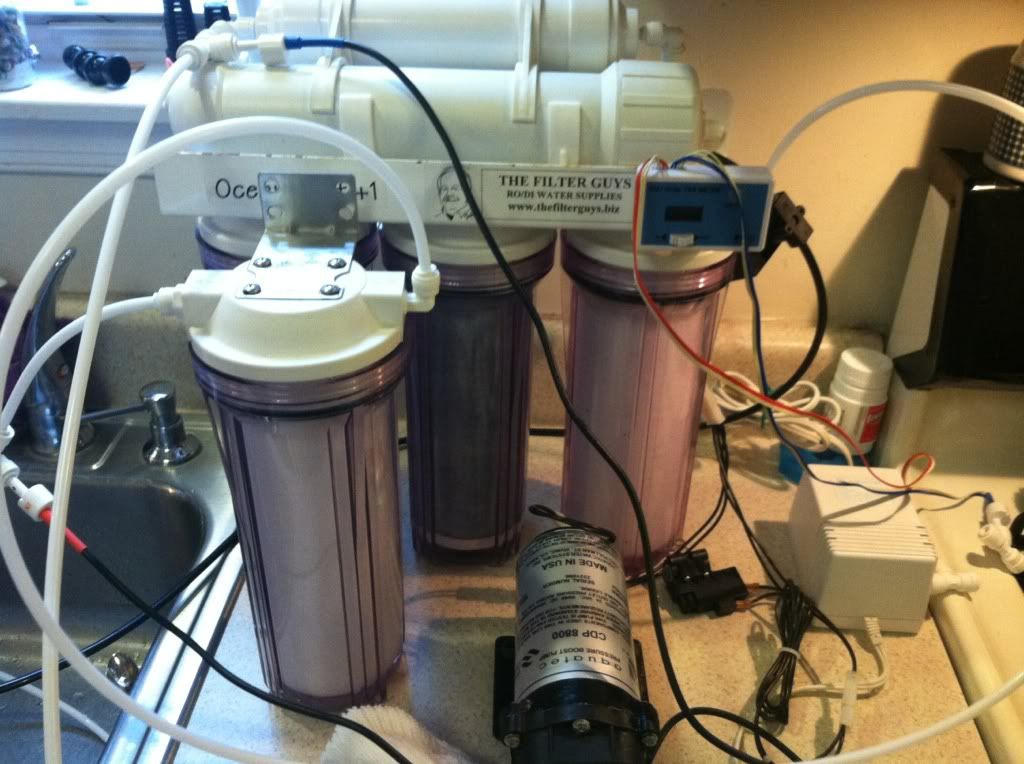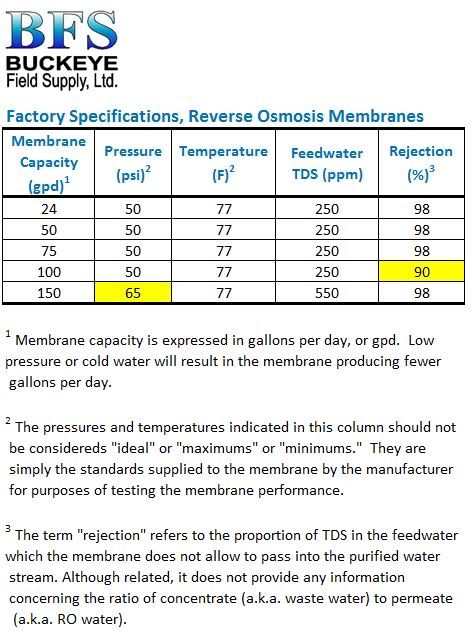It's amazing what a proper system is capable of. I tried to use a small portable system without a pump and basically ended up buying my water for the last 8 months. Bought this from tgee. I can already feel the extra money in pocket. For the very few of those still buying water. This is a must.






